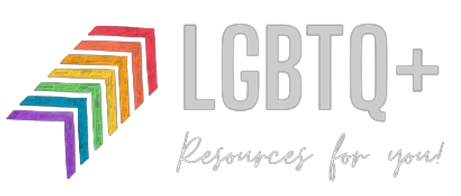THE THREE CIRCLES
The INNER circle are things we abstain from that are in our addiction. The MIDDLE circle are things that may be a slippery slope and must be moderated to enth degree. The OUTER circle are healthy activities that we are free to do and help us live a healthy and sober life. To the left is an example of someone’s three circles. Yours may be similar or different…. more complex or simpler. It isn’t for comparison. It is a tool for you to abstain from your bottom line behaviors.
When creating the three circles diagram, the addict draws three concentric circles, one inside the other (like a bull's eye). The addict then lists behaviors in each of the circles that reset, endanger or promote their sobriety.
Inner Circle
The addict lists behaviors they want to stop engaging in in the inner-most circle. Engaging in any of these "inner circle" or "bottom-line" behaviors would result in a loss of sobriety for the addict. Addicts typically consider their "sobriety date" to be the last day they engaged in these "inner circle" behaviors.
Middle Circle
The addict then lists "middle line" or "boundary behaviors" in the second or "middle circle." These include behaviors that may or may not be appropriate but lead to the bottom line behaviors listed in the inner circle. Examples of middle-circle behaviors include not getting enough sleep, overwork, procrastination, etc.
Outer Circle
Finally, the addict list their "top lines" or healthy behaviors in the "outer circle." These "outer circle" behaviors lead the addict away from the objectionable behavior listed in the inner circle. Examples include going to a recovery meeting, calling one's sponsor or other person in the addict's support group, spiritual reading, recovery writing, etc.
This visual image of three circles can help addicts realize when they are in trouble and what they need to do to move closer to their definition of a healthy behavior.

